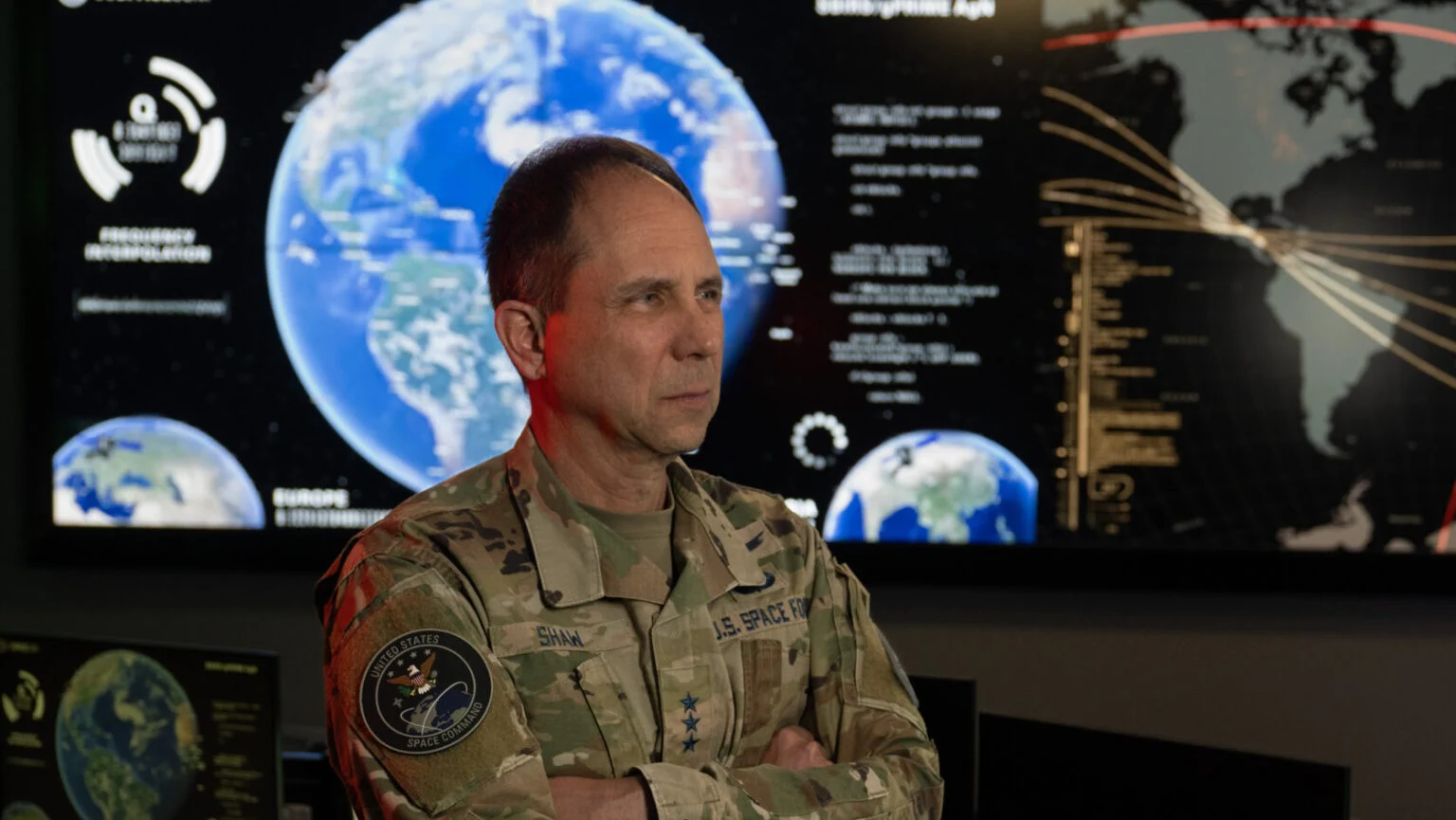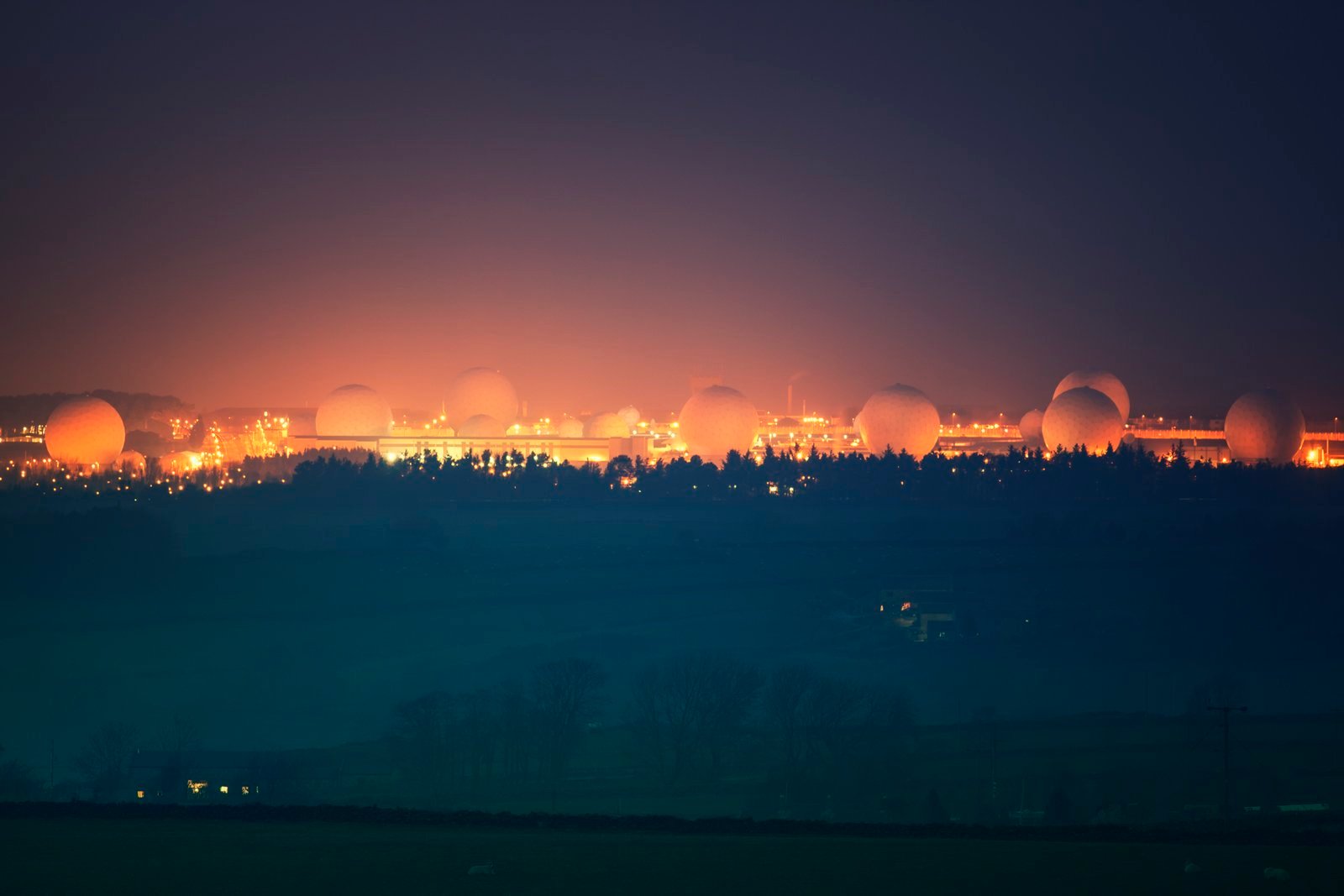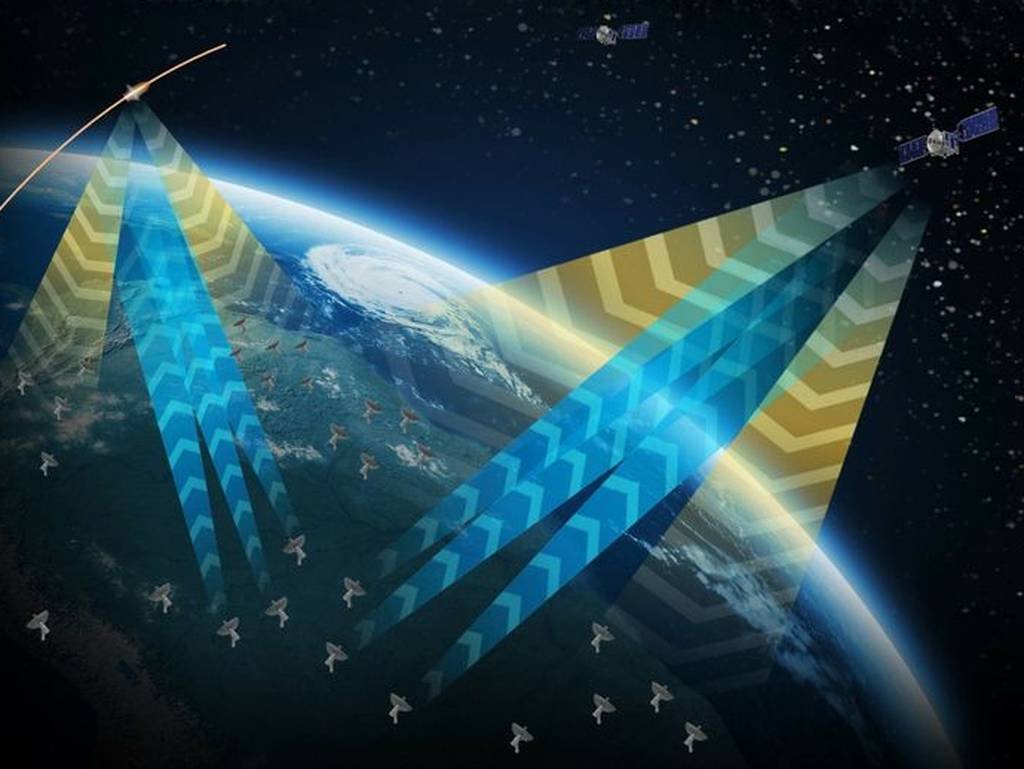Freedom to maneuver key for future space ‘combat mindset,’ says ex-SPACECOM deputy
Lt Gen John Shaw, USSPACECOM Deputy Commander and Joint Operations Center personnel pose for a photo at USSPACECOM headquarters, Peterson Space Force Base, Colo. (John Ayre / United States Space Command) By Theresa Hitchens, Published by Breaking Defense, 12 December 2023 "In a sense, we drive our satellites today as











